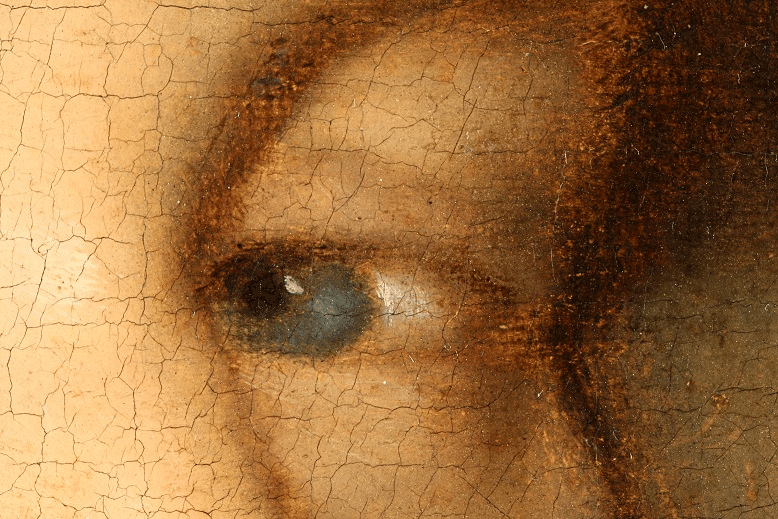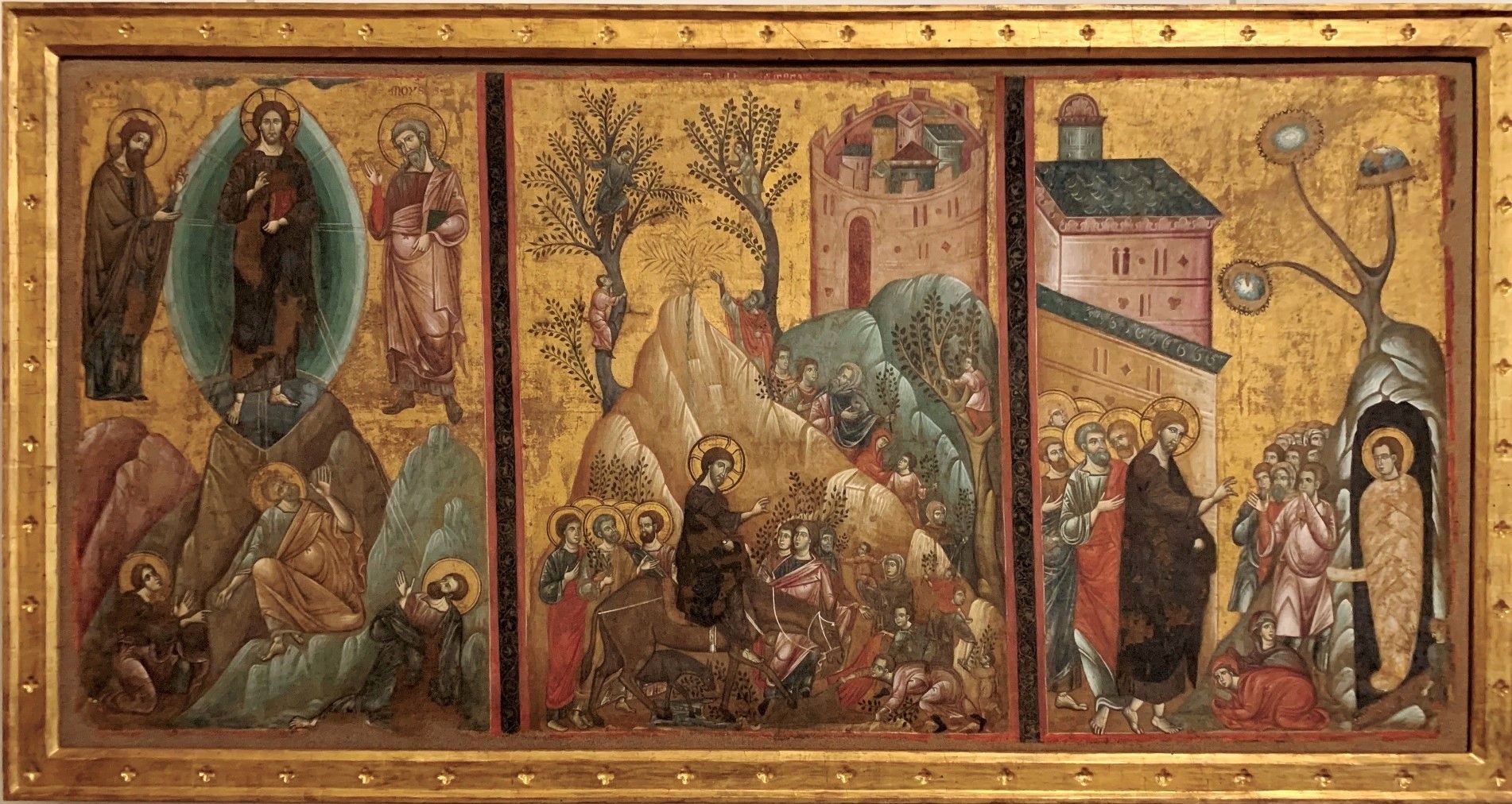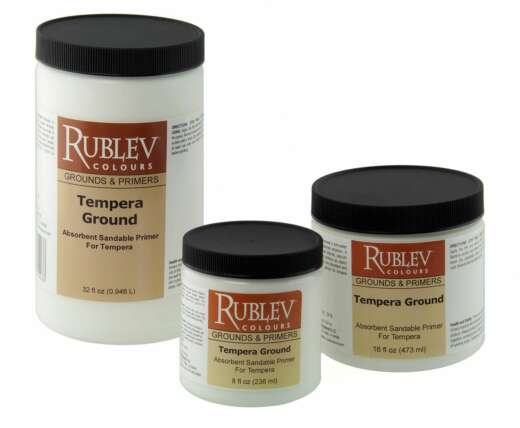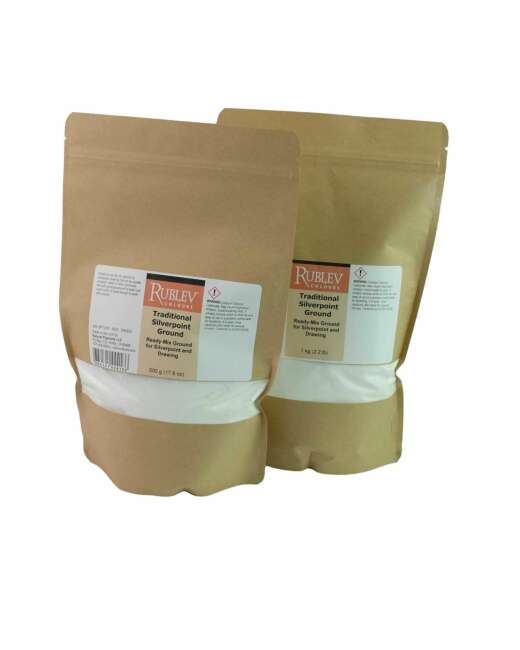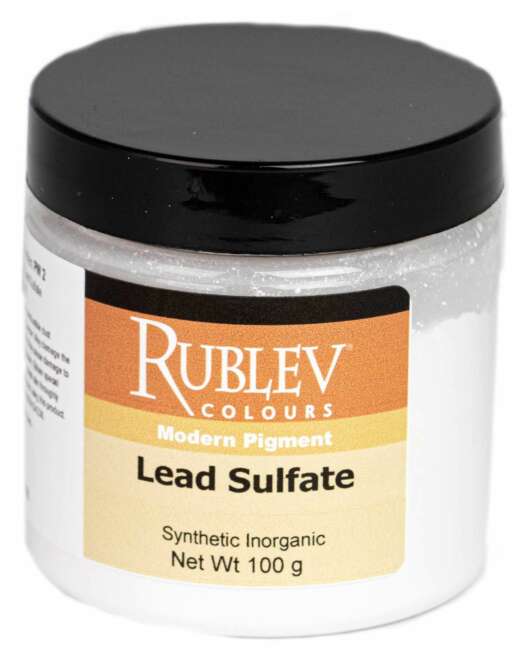
Oil paintings are treasured not just for their aesthetic and historical value but also for their vulnerability to environmental changes. A recent study, "Numerical modelling of mechanical degradation of canvas paintings under desiccation," provides valuable insights into the mechanisms behind the degradation of canvas paintings, particularly focusing on the impact of materials such as lead white and zinc white oil paints, red iron oxide oil paint, rabbit skin glue, linen canvas, and stretchers. This article distills these findings into practical advice for artists on material selection and best practices to minimize damage over time.
The Role of Material Selection in Canvas Degradation
Paint and Ground Materials
The choice of materials for paint and ground layers significantly influences the durability of a canvas painting. For example, lead white oil paint, used extensively in the past, has shown different mechanical properties compared to more modern paints like zinc white. The study demonstrates that zinc white oil paint tends to form cracks more readily under less severe desiccation conditions compared to lead white. This indicates that while selecting paints, artists should consider the long-term mechanical stability of the materials, especially in environments prone to humidity fluctuations.
Impact of Rabbit Skin Glue
One of the critical materials in traditional oil paintings is rabbit skin glue, used as a sizing or in the ground layer. The research highlights that the shrinkage of rabbit skin glue significantly reduces the tension stresses in the paint layers, particularly in the central areas of the painting. This effect is crucial in preventing crack formation near the center, which is often less supported by the stretcher. However, the stiffness of the ground layer between the paint and the canvas can modify this impact. A stiffer ground layer can better distribute the stresses induced by environmental changes, thereby reducing the likelihood of cracking.
Stretchers and Structural Support
The type of stretcher used also plays a vital role in the structural integrity of oil paintings. Stretchers made from materials like spruce can deform inward under certain conditions, exacerbated by the shrinkage of glue in the canvas. Such deformation can lead to uneven stress distribution across the canvas, promoting crack formation, especially near the corners where the stretcher's support is less effective.

A cross-section image of a canvas painting (Top) and a schematic (Bottom) of the canvas used in the study of canvas degradation. Layers of paint consisted of glue, ground, lead white, and red iron oxide.
Best Practices for Artists to Mitigate Canvas Degradation
Selecting Materials
When preparing a new canvas, artists should carefully select materials that align with the intended longevity and display conditions of their artwork. For instance, choosing a ground material with appropriate stiffness can help manage the stress on the paint layers above. Similarly, opting for paints that are stable under fluctuating environmental conditions can safeguard the artwork's longevity.
Environmental Control
Maintaining stable environmental conditions is crucial for preserving canvas paintings. As per the study findings, dramatic fluctuations in relative humidity are particularly detrimental. Artists should strive to keep their studios and storage areas within a controlled humidity range to avoid the mechanical stresses that lead to cracking.
Handling and Storage
Proper handling and storage practices are imperative. Even with the best materials and environmental controls, physical stresses from handling and improper storage can induce damage. Artists should ensure that their canvases are adequately supported and protected from physical impacts.
A Final Word on Canvas Degradation
The degradation of oil paintings on canvas under environmental stresses is a complex interplay of material properties and external conditions. By understanding the scientific basis of material behavior and environmental impact, artists can better prepare and protect their works from the inevitable degradation forces. The ongoing research in this field continues to offer new insights, which can be harnessed to enhance the preservation of cultural heritage for future generations.
Reference
Lee, D.SH., Kim, NS., Scharff, M. et al. Numerical modelling of mechanical degradation of canvas paintings under desiccation. Herit Sci 10, 130 (2022). https://doi.org/10.1186/s40494-022-00763-w. https://rdcu.be/dFzSO
Recommended for Canvas Preparation
More Articles About Canvas
Frequently Asked Questions
How long do canvas paintings last?
The longevity of canvas paintings depends significantly on environmental conditions, materials used, and care practices. With proper care and under stable conditions, canvas paintings can last for centuries. However, factors like high humidity, fluctuating temperatures, and improper handling can accelerate degradation.
Does canvas go bad?
Canvas can deteriorate over time, especially when exposed to adverse environmental conditions such as extreme humidity and temperature fluctuations. While canvas does not "go bad" like perishable goods, its fibers can weaken, leading to issues like sagging, brittleness, and susceptibility to damage.
Does canvas decompose?
Yes, canvas can decompose, particularly if made from organic materials such as cotton or linen, which are biodegradable. Decomposition is accelerated by microbial activity in high moisture conditions and inadequate air circulation.
How long does it take for canvas to decompose?
Canvas's rate of decomposition depends on environmental conditions and the materials used in its manufacture. Under conditions conducive to biodegradation, such as high humidity and the presence of microbes, canvas can start decomposing within a few years. However, when preserved properly, it can last much longer.
What are the disadvantages of canvas painting?
The main disadvantages of canvas paintings include susceptibility to environmental damage, need for stretching and potential sagging over time, and vulnerability to physical impacts such as tears and punctures. Additionally, the texture of the canvas can influence the final appearance of paint applications.
Are canvases archival?
Canvas can be archival if prepared and maintained correctly. Archival canvases are typically made from high-quality, acid-buffered materials that resist aging and degradation. To ensure the archival quality of a canvas painting, it's essential to use proper primers and maintain a stable environment.
What is the best way to stretch a canvas?
The best way to stretch a canvas involves several steps to ensure tight and even tension without damaging the fabric. Start by selecting a sturdy stretcher frame appropriate for the size of your canvas. Lay the canvas face down on a clean surface, center the stretcher frame on the back of the canvas, and attach the canvas to the stretcher bar at the midpoint of each side using staples or tacks. Pull the canvas taut from the center outwards, alternating sides to maintain even tension. After the initial four staples or tacks, continue around the frame, adding fasteners every few inches. Finish by folding the corners neatly and securely fastening them.
Should you stretch canvas wet or dry?
Generally, it is recommended to stretch canvas dry. Stretching a canvas when wet can lead to uneven tension as the canvas dries and contracts, potentially causing warping or distortion. Stretching it dry allows you to control the tension more accurately and adjust as necessary. However, it is advantageous to dampen the canvas after stretching to increase the tightness on the stretcher.
What do painters do to support canvas?
Painters typically prepare canvas supports by stretching them tightly over wooden frames. The canvas is secured with staples or tacks to the frame, ensuring a smooth and firm surface, which is crucial for stable painting application. For oil painting, artists also apply layers of sizing to tighten the canvas further and prevent oil penetration.
What do you put on canvas before oil painting?
Before beginning oil painting, a size is applied to the stretched canvas. The size may consist of rabbit skin glue, PVA, or VAE. The size protects the canvas fibers from the corrosive nature of oil paint, enhancing the longevity of the artwork. Then, two to four coats of an oil primer are applied to the canvas. The oil ground prepares the surface by providing a slightly absorbent surface that oil paint can adhere to more effectively.



